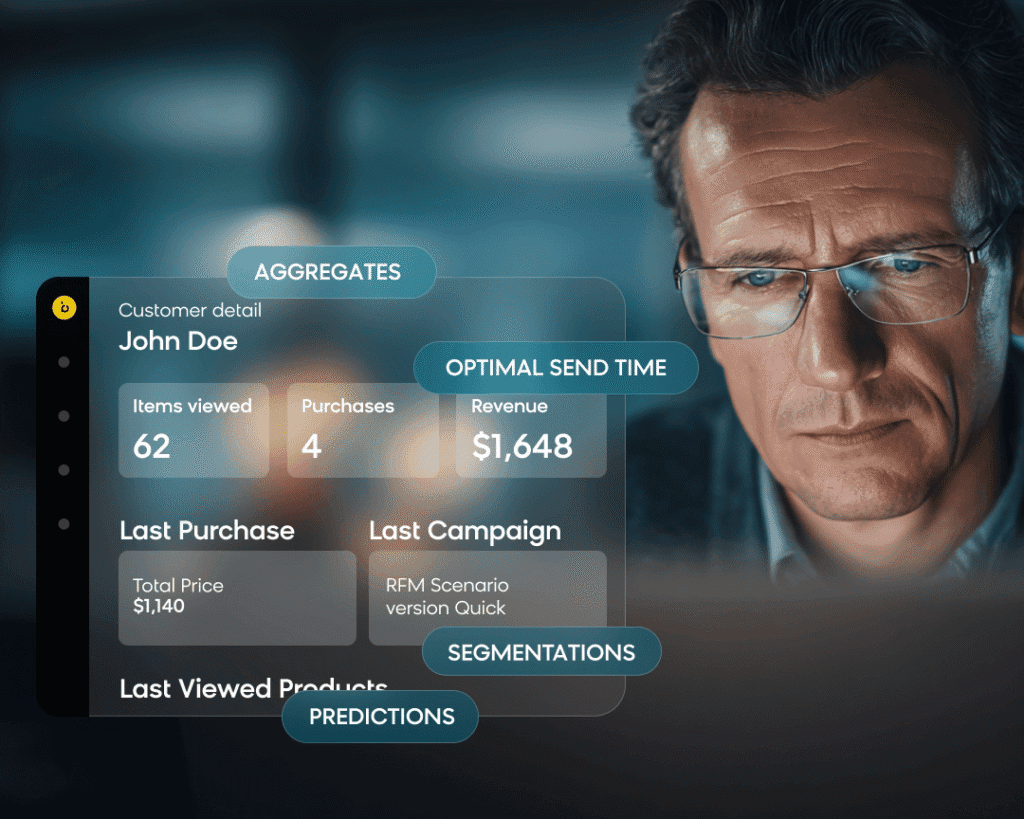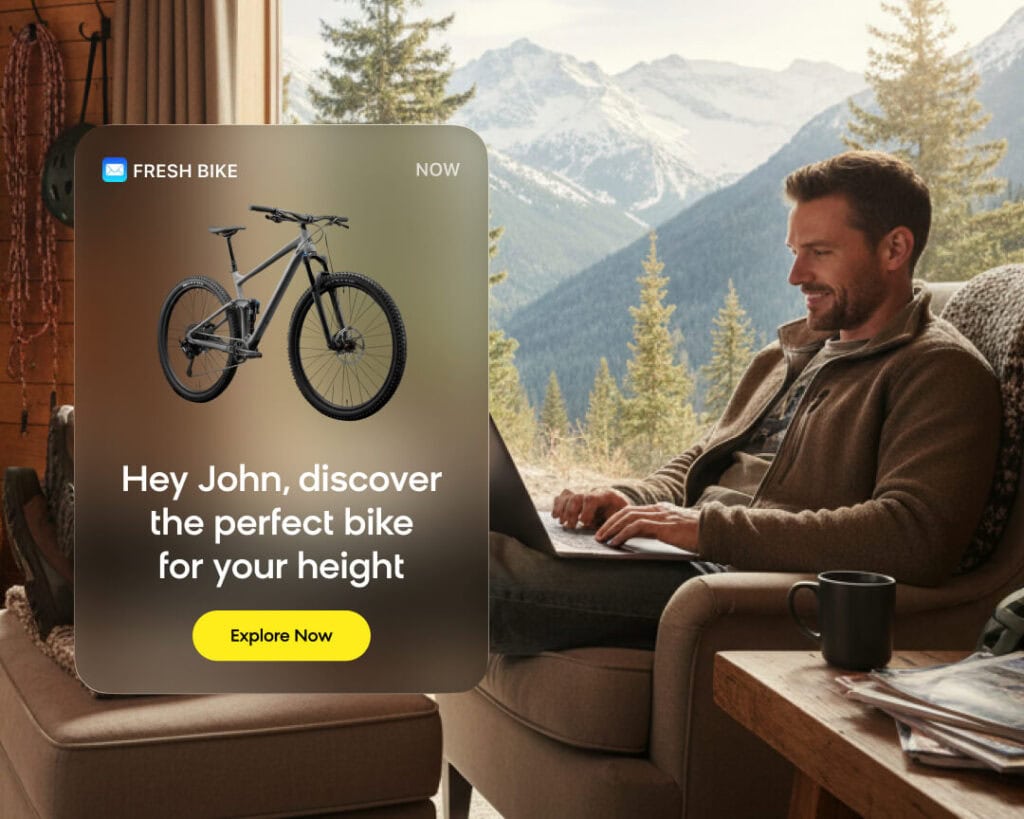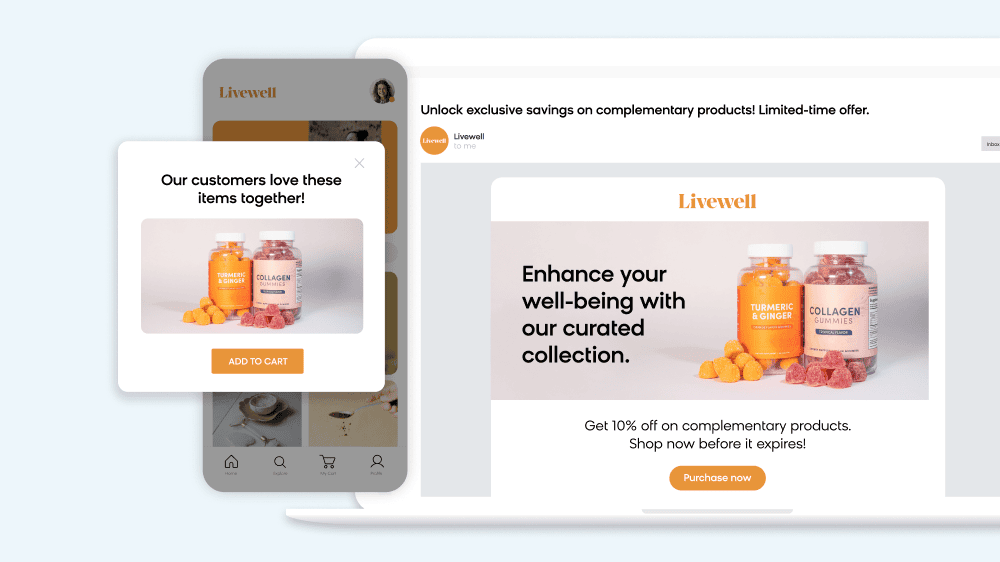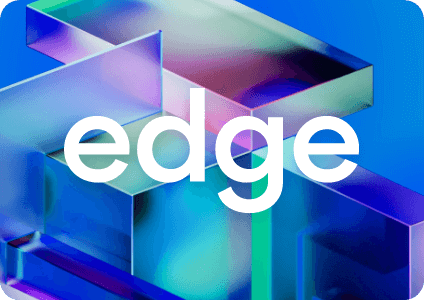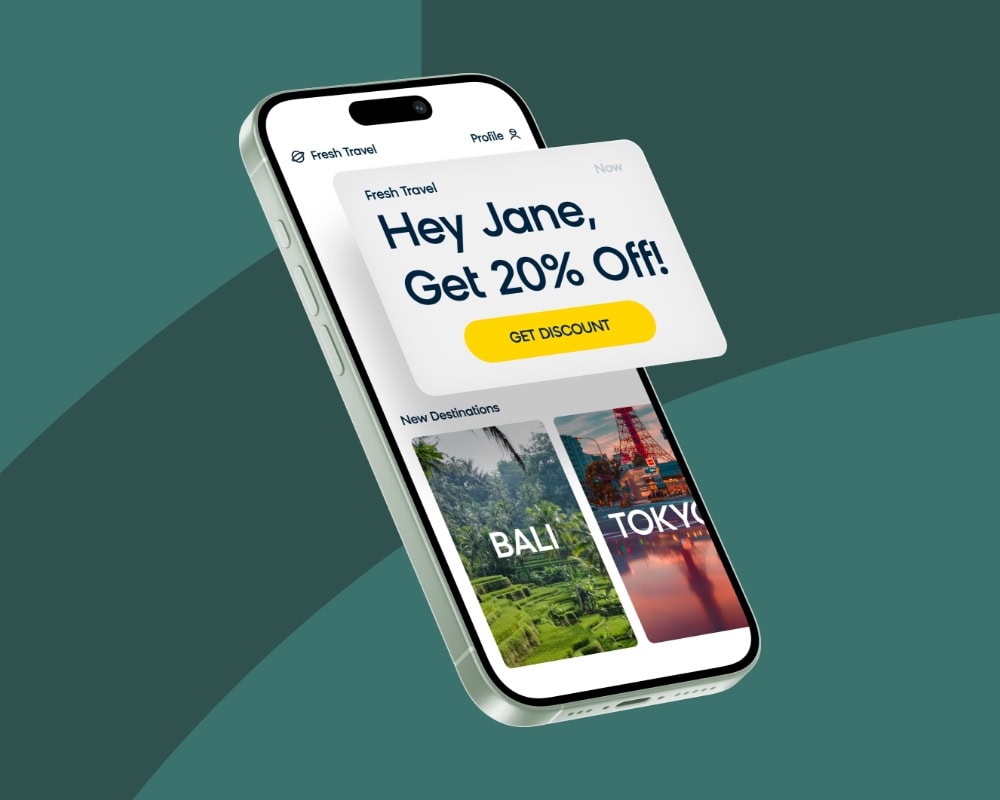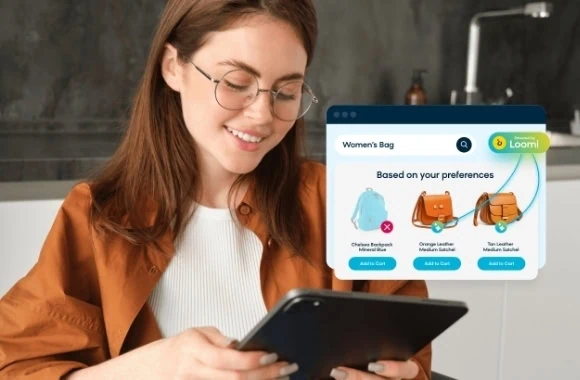If you’re feeling trapped by your outdated ESP (email service provider), you’re not alone. Many ecommerce marketers struggle with platforms that create data silos, slow down campaign execution, and drain marketing budgets. The hesitation to migrate stems from valid concerns about data loss, campaign disruption, and implementation complexity.
But here’s the reality: Staying with legacy platforms creates bigger risks in 2025’s competitive landscape. Your brand faces rising customer churn, poor personalization capabilities, and lost market share to competitors leveraging AI-powered platforms. The good news? Modern email service providers now offer sophisticated migration tools and dedicated support teams that make switching platforms both feasible and profitable.
This comprehensive ESP migration guide covers your complete journey, from identifying migration triggers to measuring post-switch ROI, with a focus on Bloomreach Engagement as the AI-first alternative for unified, intelligent customer engagement.
The Hidden Costs of Legacy ESP Platforms
Traditional ESPs create operational bottlenecks that compound over time, directly impacting your revenue. When your customer data lives in separate systems, it’s difficult to build the unified profiles needed for effective personalization. Campaign creation requires extensive manual work, slowing your time-to-market and limiting testing velocity. Basic segmentation tools deliver one-size-fits-all messaging that falls short of the expectations of modern consumers.
Legacy platforms struggle with modern integration requirements — weak connections to your ecommerce platforms, CRMs, and analytics tools create data gaps that disrupt customer journeys. These technical limitations translate directly into revenue loss and competitive disadvantage.
The Performance Gap in Modern Email Marketing
Today’s successful email marketing requires real-time behavioral triggers, dynamic content personalization, and seamless cross-channel connections. Your customers expect relevant messaging based on their browsing behavior, purchase history, and engagement patterns — delivered at optimal times across email, SMS, push notifications, and web experiences. Research shows that 71% of consumers expect personalized interactions from brands, yet legacy platforms often lack the capabilities to deliver this level of sophistication.
The revenue impact of these limitations creates a compounding performance gap:
| Platform Limitation | Business Impact |
|---|---|
| Siloed customer data | 63% of consumers never respond to generic messages, directly reducing conversion potential. |
| Manual campaign workflows | Average campaign creation takes 2 weeks, limiting testing opportunities and market responsiveness. |
| Basic segmentation capabilities | Higher churn rates from irrelevant messaging can damage long-term customer relationships. |
| Weak platform integrations | Disrupted customer journeys create friction and increase cart abandonment rates. |
Why Advanced Capabilities Matter Now
The shift toward AI-powered customer engagement is accelerating rapidly. Automated campaigns achieve 119% higher click rates than traditional approaches, while personalized emails demonstrate 29% higher open rates and 41% higher click-through rates. Organizations implementing comprehensive personalization strategies typically see AI generate 25% ROI improvements and approximately 20% sales increases.
Bloomreach Engagement combines unified customer data with Loomi AI to deliver true 1:1 personalization at scale. The platform integrates natively with major ecommerce and CRM systems, eliminating the data silos that plague legacy ESPs. Built specifically for retail and ecommerce brands, Bloomreach reduces your time-to-value through industry-specific features and prebuilt automation scenarios that deliver results from day one.
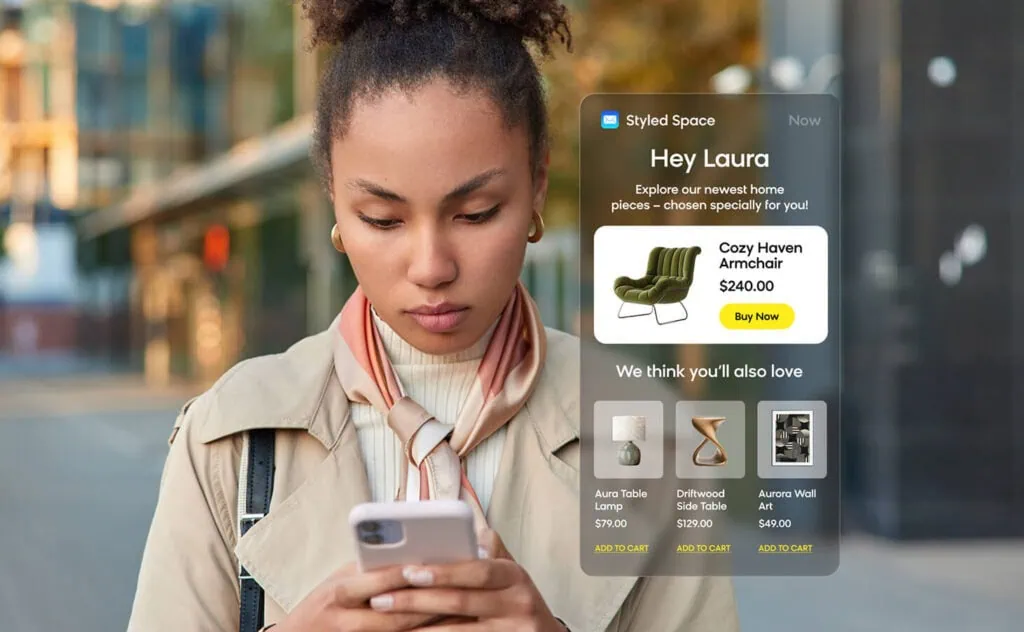
Strategic Timing: Recognizing Migration Signals
Several clear signals indicate when ESP migration becomes essential rather than optional:
- Your campaigns that previously drove strong results show declining engagement rates despite list growth
- Customer segments remain generic because advanced personalization features don’t exist or require extensive custom development
- New campaign launches take weeks instead of days due to platform limitations or complex approval processes
If you’re finding that similar brands are achieving significantly higher engagement rates and conversion metrics, then your platform is likely restricting your growth potential.
The most successful ESP migrations align strategically with broader business transformations. Website redesigns and rebranding initiatives provide natural opportunities to implement new technology stacks without additional disruption. Marketing technology consolidation projects create momentum for platform upgrades across multiple tools simultaneously, maximizing implementation efficiency.
Expansion into new channels (e.g., SMS, push notifications, or web personalization) often requires platform capabilities that make ESP migration necessary rather than optional. These strategic inflection points offer optimal timing for platform upgrades that support long-term growth objectives.
Your ESP Migration Success Framework: 6 Strategic Phases
Phase 1: Discovery and Current State Assessment
Your migration success begins with comprehensive documentation of existing email programs. Catalog all active campaigns, automated flows, and behavioral triggers currently deployed across your marketing ecosystem. Map every integration point between your current ESP and other marketing technologies to understand data dependencies and potential migration complexity.
Document template designs, brand assets, and approval workflows that need recreation in the new platform. Identify your highest-performing campaigns and automation sequences that must be prioritized during migration to prevent revenue disruption during the transition period.
Phase 2: Goal Definition and Success Metrics
Establish clear business objectives that justify your migration investment beyond simple platform switching. Define specific KPIs, including email deliverability rates, open rates, click-through rates, conversion rates, and customer lifetime value metrics, that will measure migration success objectively.
Document your current performance baselines comprehensively to enable accurate post-migration comparison and ROI calculation. These metrics become the foundation for measuring both immediate implementation success and long-term platform performance improvements.
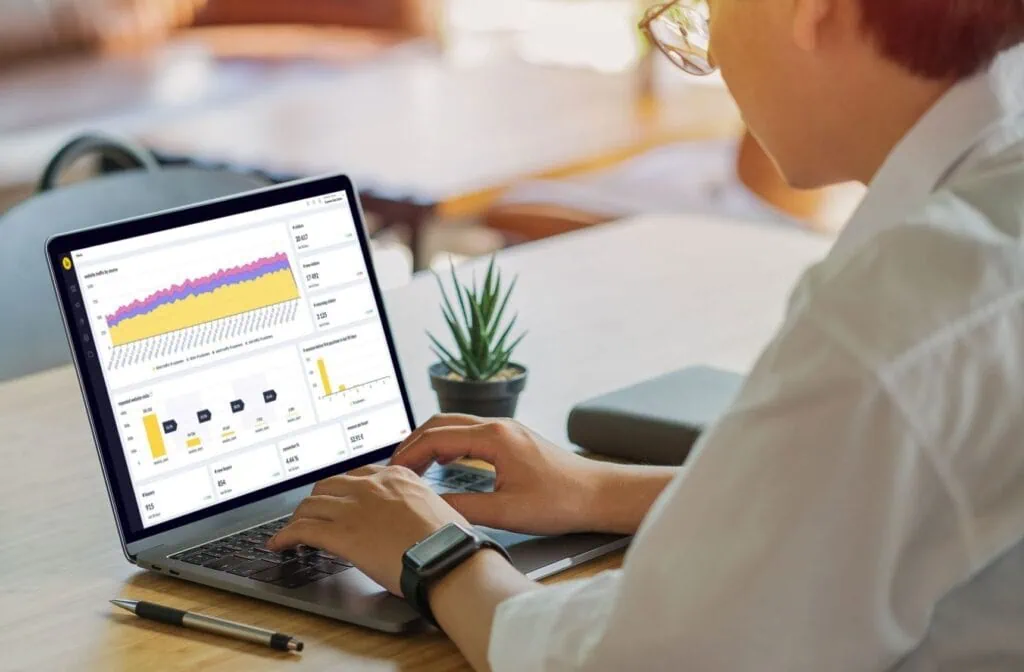
Phase 3: Preparation and Prioritization
Ideally, you’ll be able to clean your customer data thoroughly (validate email addresses, update consent records, and remove inactive subscribers) before migration to maximize the new platform’s effectiveness from day one. If migration timing doesn’t make this feasible, then you can also bring over all your data and clean it once the fundamental pieces are in place.
Standardize data formats and field naming conventions to prevent integration issues during implementation. Create unified customer profiles that combine behavioral, transactional, and demographic data effectively. This preparation enables advanced segmentation and personalization features immediately after migration, delivering faster ROI realization.
Phase 4: Map Integrations and Perform IP Warmup
Set up integrations between Bloomreach and your essential business systems, including major ecommerce platforms, CRM systems, and analytics tools. Configure tracking pixels, forms, and API connections to ensure data flows correctly between systems without gaps or delays that could disrupt customer experiences.
Test all integration points thoroughly before the campaign migration to proactively identify and resolve potential issues. Validate that customer actions trigger appropriate data updates and that segmentation rules function as expected across all customer touchpoints and interaction channels.
Once the dependencies are well-mapped and configured, the IP warmup starts. This is an essential part of the migration. Begin with the highest-engagement segments to ensure the right engagement and split audiences based on recipient providers.
Usually, the newsletter is used for the IP warmup. With warmup, it’s good to go slow to go fast — this is a controlled process where regular monitoring is essential.
Phase 5: Campaign and Journey Reconstruction
Recreate your high-priority automation sequences using Bloomreach’s visual journey builder, taking advantage of enhanced capabilities not available in legacy platforms. Enhance existing flows with AI-driven personalization features that optimize performance automatically based on individual customer behavior patterns.
Import template designs and adapt them for improved mobile responsiveness and cross-client compatibility. This phase often reveals significant opportunities to enhance campaign performance beyond previous platform limitations through advanced personalization and automation capabilities.

Phase 6: Quality Assurance and Strategic Launch
Run parallel testing between old and new platforms for 1-2 weeks before complete migration to validate performance objectively. Send identical campaigns through both systems to small segments and compare deliverability, engagement rates, and conversion performance metrics systematically.
Monitor campaign delivery, engagement metrics, and customer feedback closely during the first month post-migration. This monitoring period enables quick optimization adjustments that maximize your new platform’s performance potential while identifying areas for continued improvement.
How Bloomreach Eliminates Common Migration Challenges
Unified Customer Intelligence for Immediate Impact
Bloomreach creates comprehensive customer profiles that combine behavioral data, purchase history, and engagement patterns automatically upon implementation. This unified approach eliminates the data fragmentation that severely limits legacy ESP personalization capabilities. Behavioral triggers activate immediately when customers browse products, abandon carts, or complete purchases across any channel, creating seamless customer experiences.
These capabilities deliver immediate value through industry-specific templates and prebuilt automation scenarios designed specifically for ecommerce and retail brands, reducing time-to-value significantly compared to generic email platforms.
Embedded AI Drives Results From Day One
Loomi AI begins optimizing your campaigns from day one using historical data and real-time behavioral signals. The AI automatically selects optimal send times for individual customers, personalizes subject lines based on engagement history, and recommends relevant products based on browsing and purchase patterns discovered through advanced analytics.
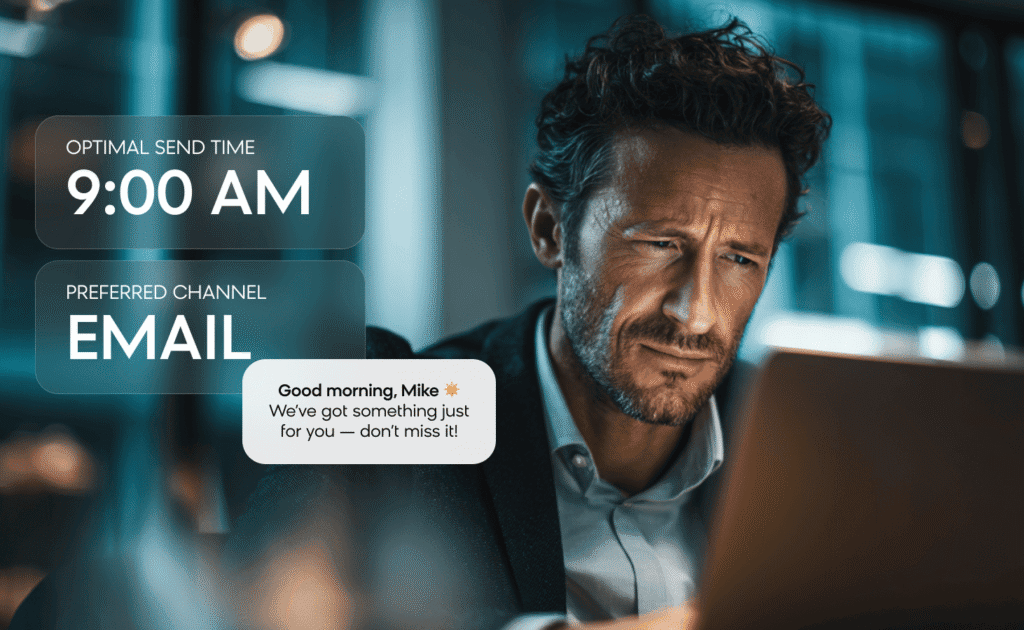
This embedded intelligence delivers personalization improvements that typically require months of manual optimization with traditional platforms, while continuously learning and improving performance over time without requiring additional manual intervention from your marketing team.
Streamlined Integration Architecture
Bloomreach offers native integrations with major ecommerce platforms, CRMs, and marketing tools, including Shopify, Salesforce, and other essential business systems. These prebuilt connections reduce implementation complexity significantly and eliminate expensive custom development requirements for standard business integrations.
The platform’s modern API-first architecture enables seamless connections without extensive technical complexity, allowing marketing teams to focus on strategy rather than technical implementation challenges that often delay traditional platform migrations.
Comprehensive Migration Support and Guidance
Your dedicated migration specialists provide hands-on support throughout the entire transition process. This includes prebuilt journey templates customized for your specific industry, comprehensive data migration assistance, and ongoing optimization recommendations during the critical first 90 days post-launch.
This white-glove approach ensures successful implementation while minimizing the learning curve typically associated with advanced marketing automation platforms, enabling your team to achieve results faster than typical enterprise platform implementations.
Real Success Stories: Brands Thriving After Migration
ASKO – NÁBYTEK Drives 200% More Revenue From Newsletters
Leading Czech Republic and Slovak Republic furniture retailer ASKO – NÁBYTEK wanted to transform its CRM into a data-driven customer engagement platform. In particular, the brand was facing issues with disconnected customer data and one-size-fits-all email campaigns.
After migrating to Bloomreach Engagement, ASKO – NÁBYTEK was able to unify its customer profiles, create automation scenarios that focused on personalization, and get actionable cross-channel insights.
As a result, the brand was able to see significant results within 16 months of implementation:
- 50% fewer emails sent
- 3x increase in new contacts collected
- 200% increase in revenue from targeted newsletters
- €5.5M revenue, which was higher than the projected target
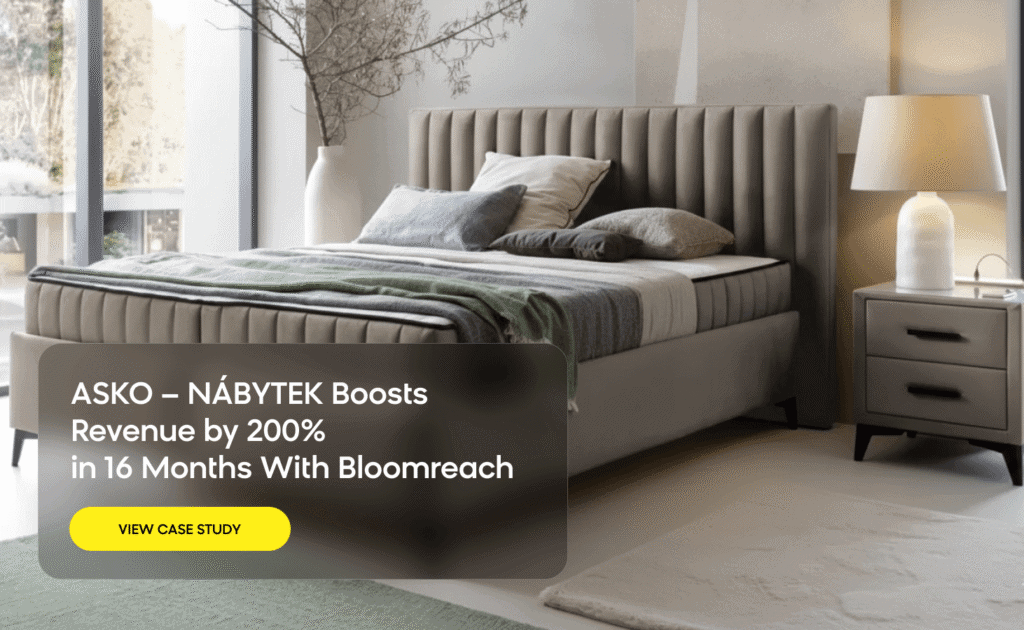
Crafter’s Companion Streamlines Email in Under 4 Weeks
Craft supplies brand Crafter’s Companion has a loyal and active customer base, but the brand was having trouble scaling its personalization and getting the right data.
To address these challenges, Crafter’s Companion switched to Bloomreach Engagement for a more data-centric platform that could help it personalize more effectively to its customers. Crucially, the transition process was seamless and didn’t interrupt the customer experience at all.
The easy migration led to incredible results:
- It only took 27 days to achieve full functionality, including complete data integration and IP warmup
- During the IP warmup phase, the brand saw a 99.94% weighted email delivery rate
- 39.51% open rate during the transitional period
- 4.71% click rate during the transitional period
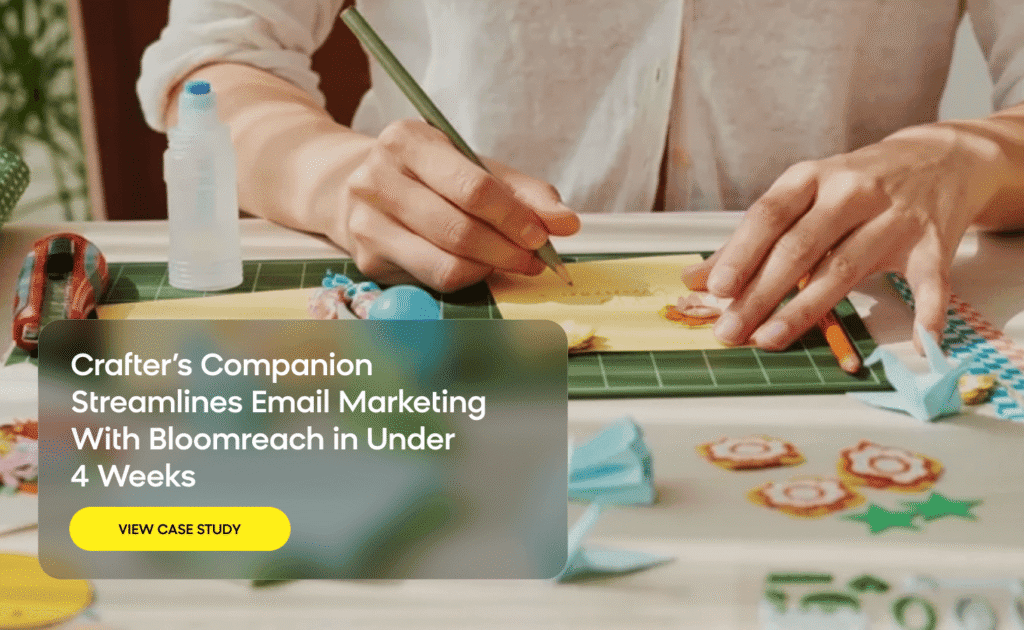
Transform Your Email Marketing With Bloomreach
Legacy email service providers served their purpose during email marketing’s early decades, but they fundamentally lack the sophisticated capabilities required for modern customer engagement. Today’s consumers expect personalized, timely, and relevant communication across multiple channels seamlessly integrated into cohesive experiences.
Bloomreach represents the future of customer engagement platforms where artificial intelligence, unified customer data, and cross-channel connections work together seamlessly to deliver superior business results. The platform’s industry-specific focus on retail and ecommerce brands ensures features and capabilities align directly with the unique challenges and opportunities facing modern commerce marketers.
Find out how you can transform your ESP to deliver truly personalized emails. Or, if you’re ready to migrate, schedule a personalized demo to see how Bloomreach can help.
ESP Migration Guide: Frequently Asked Questions
What are the main steps to migrating from one ESP to another?
ESP migration involves six strategic phases: current state assessment, goal definition with success metrics, data preparation and cleaning, technical integration configuration, campaign and journey reconstruction, and comprehensive quality assurance testing. Implementation timelines typically range from 8-12 weeks for enterprise deployments, though complexity varies based on organizational requirements and existing technology infrastructure.
Will migrating ESPs impact my email deliverability negatively?
Properly executed migrations typically improve deliverability through enhanced data quality and superior sending practices. Bloomreach’s dedicated IP warming process and industry-best practices ensure optimal inbox placement from day one, with results often exceeding previous platform performance due to advanced deliverability optimization features and dedicated support.
Can my existing automation flows transfer to the new platform effectively?
Automation sequences transfer to Bloomreach with significant opportunities for enhancement through AI optimization and advanced personalization features unavailable in legacy platforms. The migration process often reveals opportunities to improve existing flows substantially.
How long does a typical ESP migration take from start to finish?
Implementation timelines vary significantly based on organizational complexity and requirements. Small businesses with straightforward needs may complete basic implementations within 4-6 weeks, while enterprise organizations typically require 8-12 weeks for comprehensive deployments with full optimization and advanced feature implementation.
What should I look for in a next-generation ESP platform?
Modern ESPs should offer unified customer data management, embedded AI capabilities, cross-channel messaging coordination, advanced personalization features, and native integrations with major ecommerce and CRM platforms. True omnichannel capabilities distinguish advanced platforms from traditional email-only solutions that limit growth potential.
How does AI improve email marketing performance specifically?
AI optimizes send times automatically, personalizes subject lines based on individual behavior, recommends relevant products through advanced analytics, and adjusts campaign elements continuously based on performance data.

